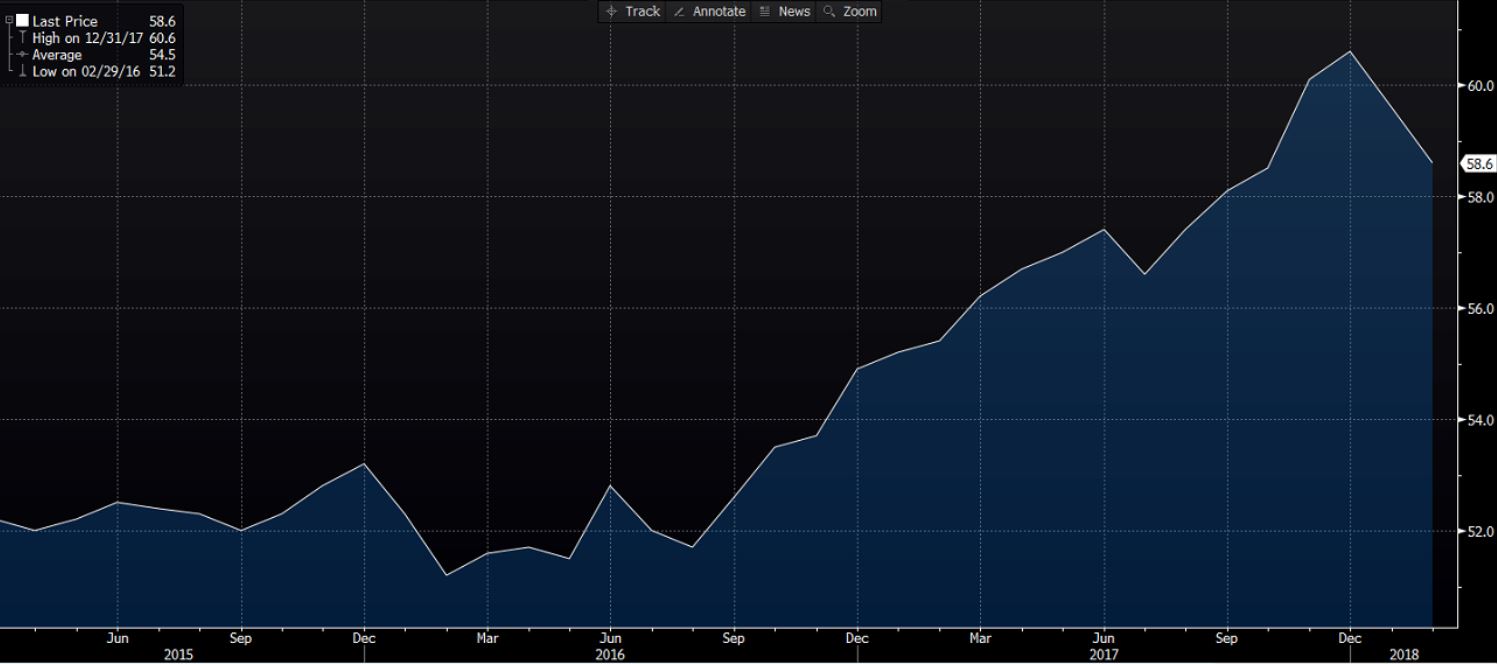Eurozone Markit Feb mftg PMI final data now out 1 Mar
- 58.5 flash
- mftg output 59.6 vs 59.5 flash



 Richard Donchian blazed the trail with the straightforward notion that trading many markets at the same time with the same rules — works:
Richard Donchian blazed the trail with the straightforward notion that trading many markets at the same time with the same rules — works:
“When I first got into commodities, no one was interested in a diversified approach. There were cocoa men, cotton men, grain men … they were worlds apart. I was almost the first one who decided to look at all commodities together. Nobody before had looked at the whole picture and had taken a diversified position with the idea of cutting losses short and going with a trend.”
Don’t get hung up on the word “commodity.” His quotation is probably 60 years ago. The key is the STRATEGY, not the INSTRUMENT.

 These eight steps are intended as a guide to the new trader and a reminder to the experienced.
These eight steps are intended as a guide to the new trader and a reminder to the experienced.